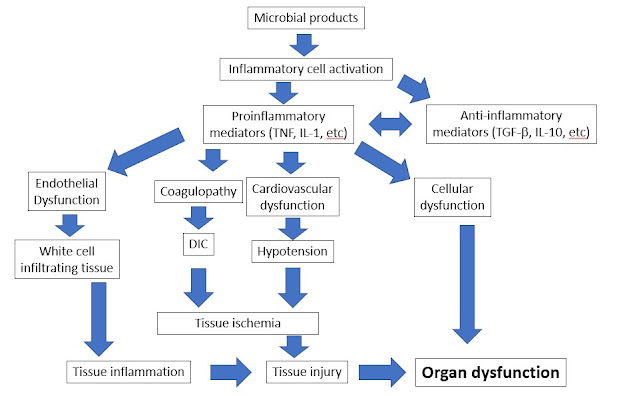Rosacea
Rosacea Updated: 01/07/2025 © Jun Wang, MD, PhD General features AKA acne rosacea May involve skin or eye More common in light skin populations, adult Five subtypes Erythematotelangiectatic Granulomatous Papulopustular Phymatous Ocular Usually clinical diagnosis Pathogenesis Unclear etiology, likely multi-factorial Immune dysfunction Ultraviolet radiation Physical or chemical trauma Microorganisms: Demodex mites ( D. folliculorum and D. brevis ), bacillus oleronius Vascular hyper-reactivity Probably genetic background: family history Clinical features May involve skin and eyes Skin manifestions Central facial erythema Papules, pustules , flushing, telangiectasia Phymatous changes (rhinophyma) Ocular manifestions Lid margin telangiectases Interpalpebral conjunctive injection Spade-shaped corneal infiltrate Pathological findings Perifollicular lymphocytic infiltration and vascular ectasia Management Avoid triggering factors Laser, surgery, etc Back t...
